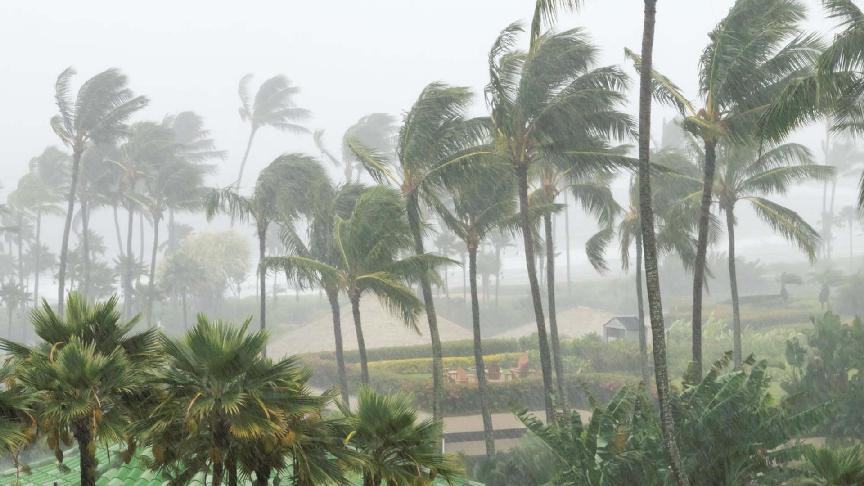Bangladesh's Flag Vessel Protection Act (FVPA) was implemented earlier this year to optimise and boost the activity of vessels holding the Bangladesh flag. However, news reports claim the act disrupts foreign feeder ships' flow at the country's ports.
Last week, Bangladesh newspaper The Financial Express reported that foreign feeder vessels calling Chittagong Port currently face "severe operation disruptions and resultant penal costs for getting caught in toils of law."
What the newspaper refers to is the strict application of the FVPA, which requires foreign-flagged vessels to have a certificate for loading and unloading containerised volumes from Bangladesh ports.
Since the beginning of October, "at least five vessels of two feeder operators experienced such service disruptions due to the delay in waiver-certificate issuance by the authority concentred," adds the newspaper.
Talking to Financial Express, the Bangladesh Shipping Agents Association (BSAA) acknowledged the issue. It implied that authorities could reconsider their decisions if foreign-flag vessels continue to face problems with issuing the required certificate.
On the other hand, experts in the field played down the impact of the act at this stage. They believe the drop in overall volumes at the ports renders the effect of these rules deficient.
Kuehne+Nagel sources highlight that top container carriers, such as Maersk, MSC and CMA CGM, are now able to fulfil the requirements of the law without much trouble. However, the situation could attract more attention once the peak season starts.
According to seaexplorer data, as of 24 October, the 7-day average vessel waiting time at Chittagong Port is 2.24 days, with several vessels waiting to berth.








